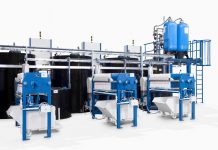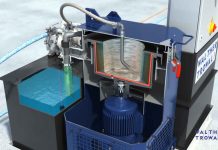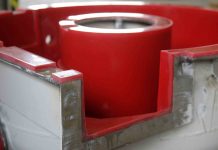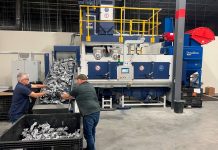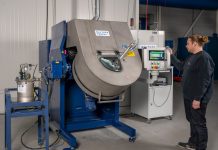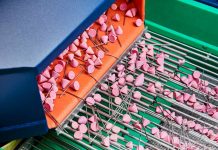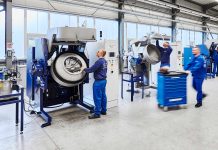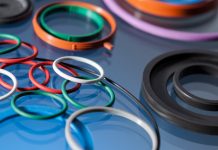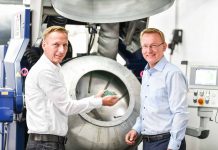Customers frequently ask me, when recycling of the process water is better than cleaning it and sending it to drain. The answer is quite simple: It depends on the requirements for a particular application.
In this post you will find out:
• Which process water handling system is best suited for which mass finishing processes
• How the customer demands can best be met
• How to deal with the requirements for environmental protection
Process water recycling: Proven in numerous applications
For many mass finishing applications process water cleaning and recycling systems represent the most suitable alternative. In these closed systems the water is continuously cleaned and returned to the respective mass finishing process. Contaminants such as solids and, sometimes, oil are removed from the process water with centrifuges. After the centrifugal process the water is so clean that it can be re-used for the finishing process and, therefore, does not have to be sent to drain. The result: Excellent finishing results combined with an eco-friendly and economical operation.
Flow-through systems: For specially demanding finishing applications
For certain mass finishing operations flow-through systems – cleaning the process water and sending it to drain — represent the best solution. This applies to applications where different products must be processed, the cleanliness requirements for the finished work pieces are particularly strict, and multiple compounds are utilized. For example, this is the case, whenever the work pieces must be so clean after the mass finishing operation that no additional cleaning step is required prior to assembly.
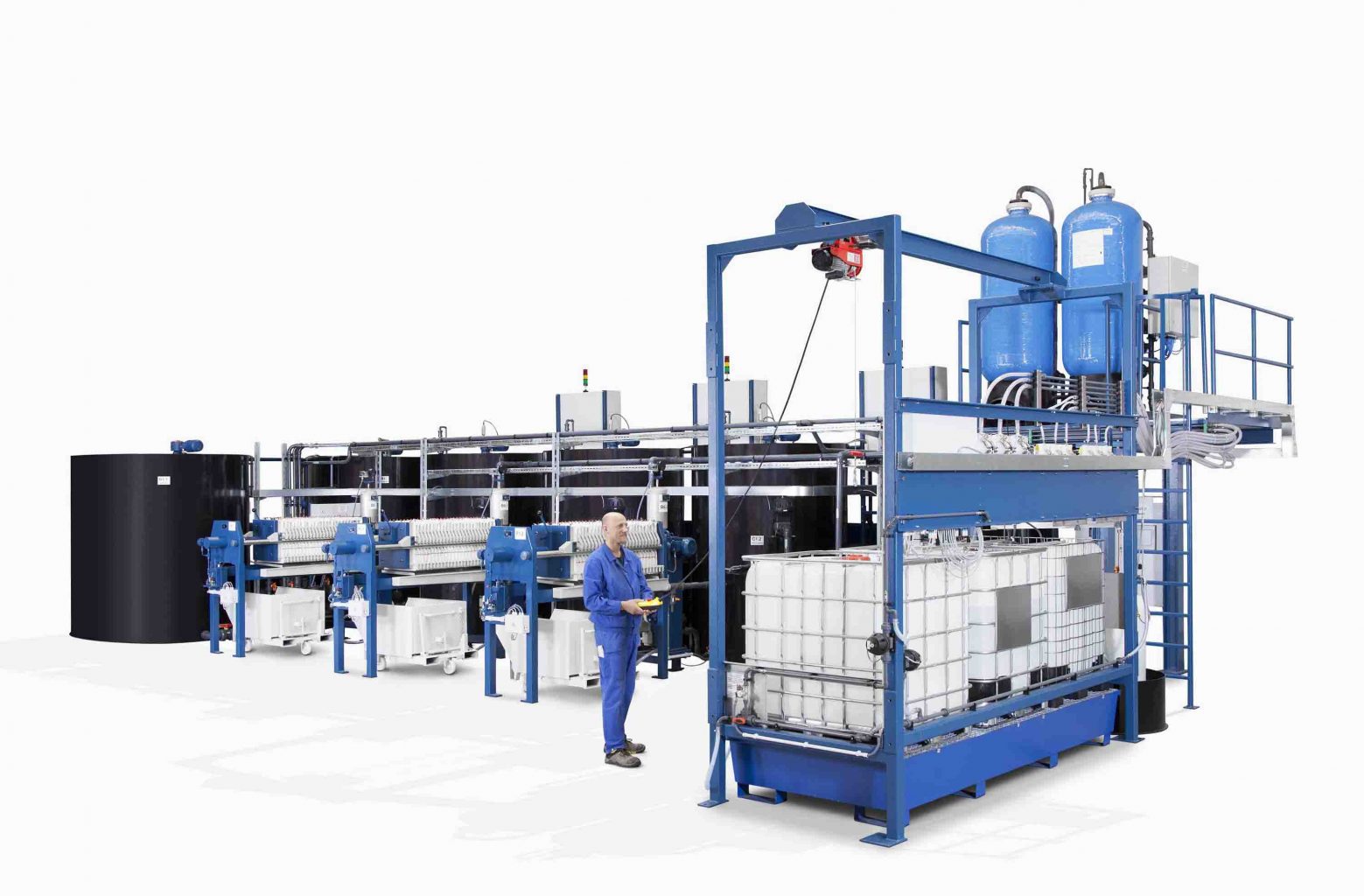
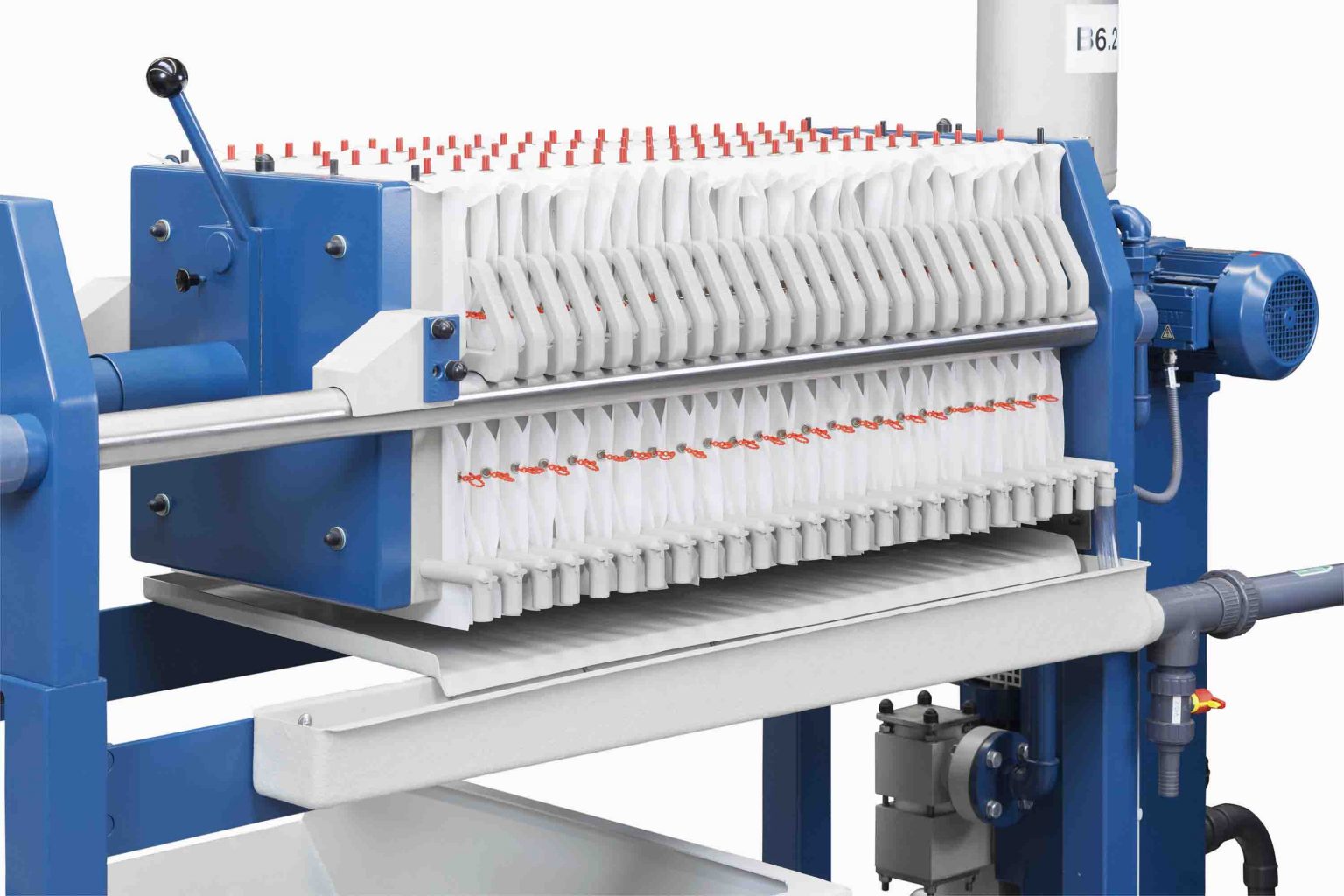
After the mass finishing process the contaminated process water is cleaned by flocculation followed by a filtering stage. It leaves the cleaning system crystal-clear and can be sent to drain in full compliance with all legal environmental standards.
A multi-stage process
In flow-through systems the process water is passing through the mass finishing machine only once. Therefore, the water characteristics like foaming or cleaning intensity can be precisely adapted to the respective mass finishing applications. All that is additionally needed is a small amount of special compounds and additives.
In flow-through mode it is also possible to successively inject different compounds into the mass finishing machine. This ensures that for the different phases of a finishing process the most suitable compounds can be utilized. For example, in case of very oily work pieces a high initial compound dosage is required that can be reduced during the next finishing step. For the last minutes of the process a compound can be added that offers excellent protection against corrosion.
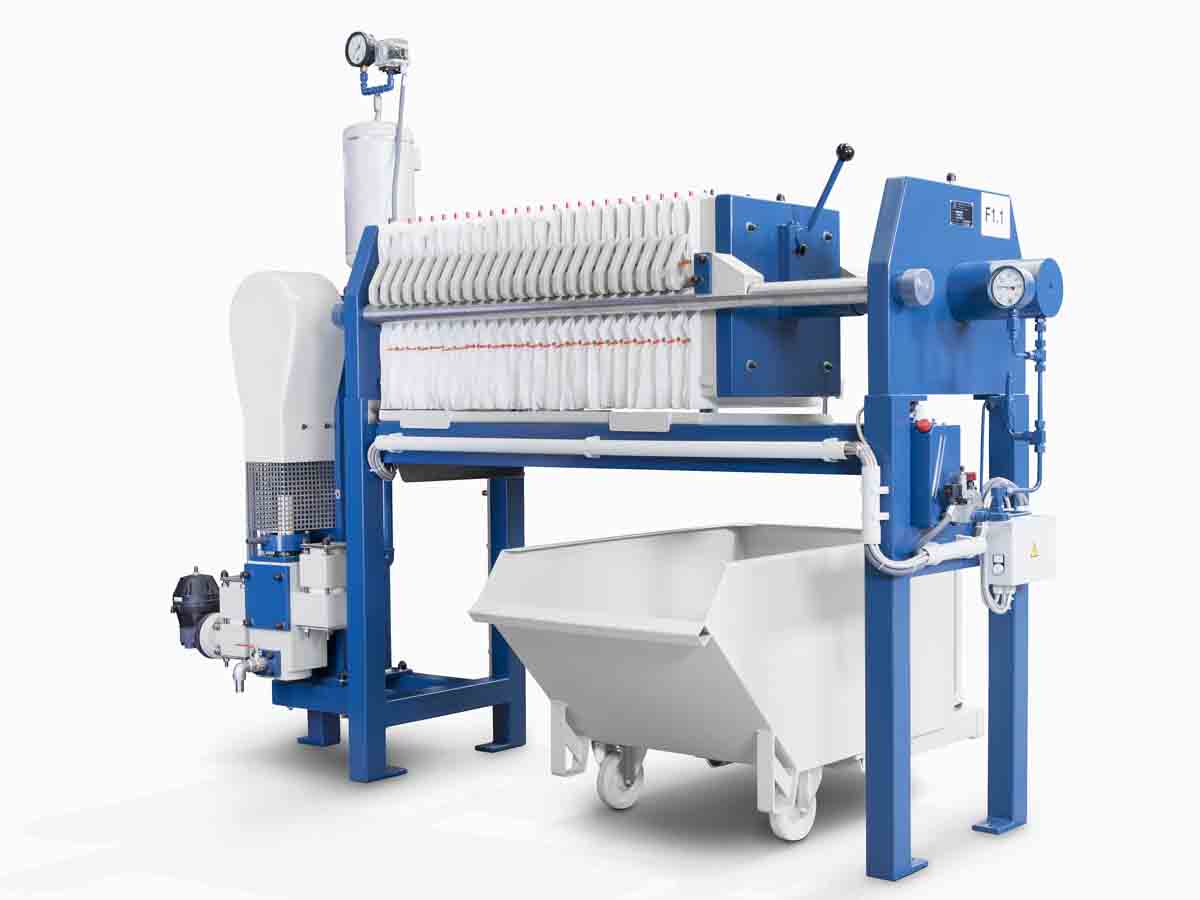
Passing an audit with flying colors
The flow-through method is also preferrable, whenever strict demands for process stability must be met: The water from municipal distribution systems has a consistently high quality and constant temperature. This allows running mass finishing processes at extremely stable operating conditions… an important aspect, for example, for operational audits.
Both systems, be it the recycling mode or sending the cleaned process water to drain, represent a sort of recycling method. In the beginning some customers perceived the “high use” of fresh water and compounds as expensive. in fact, the flow-through mode is also quite cost-efficient. The fresh water that is continuously flowing to the finishing machine is not “consumed”. It is just “borrowed”, because upon completion of the process it is returned into the pool of fresh water.
Dr. Andreas Funk, product manager process water treatment and consumables

